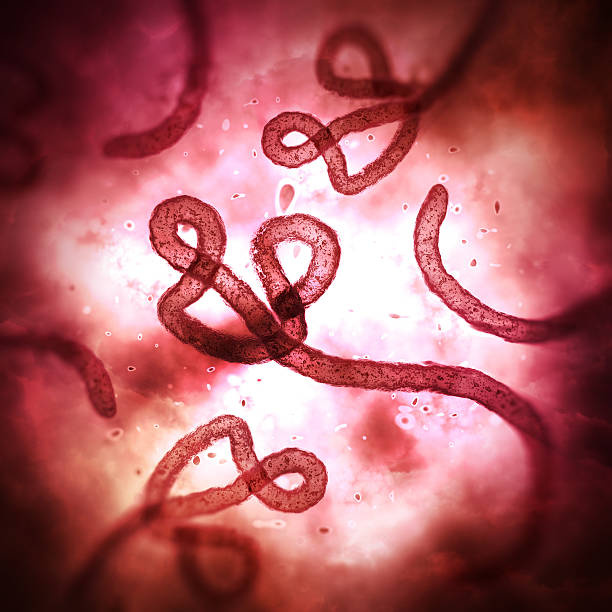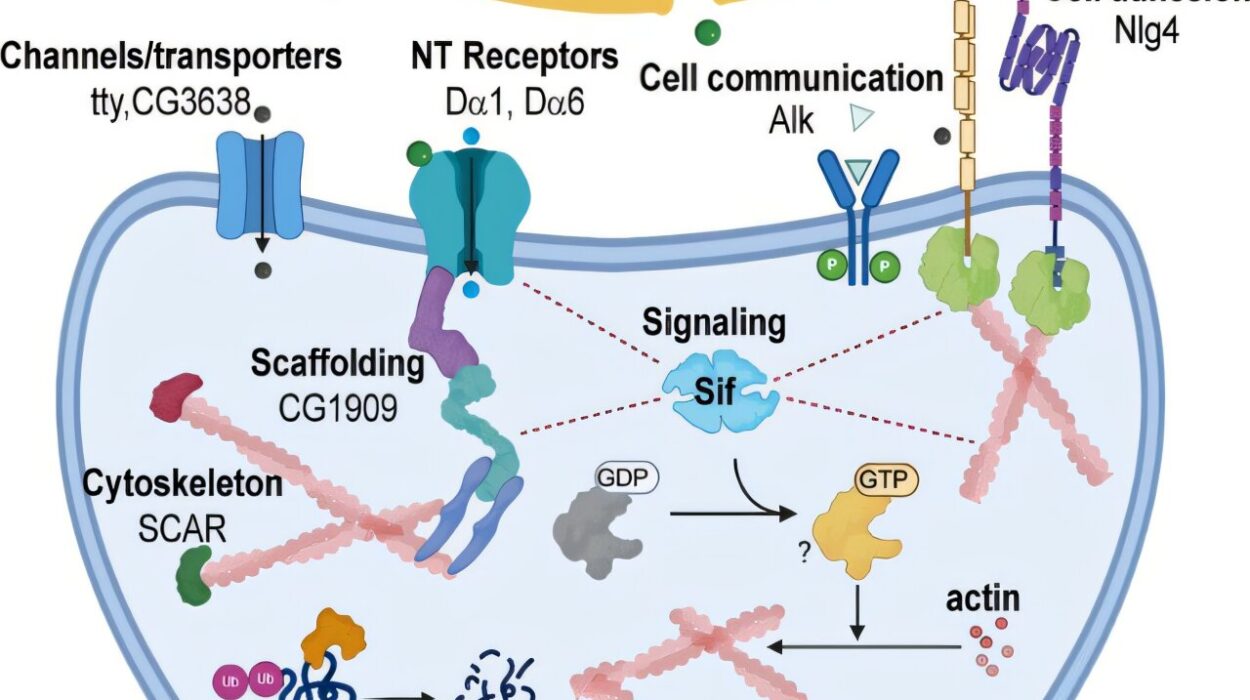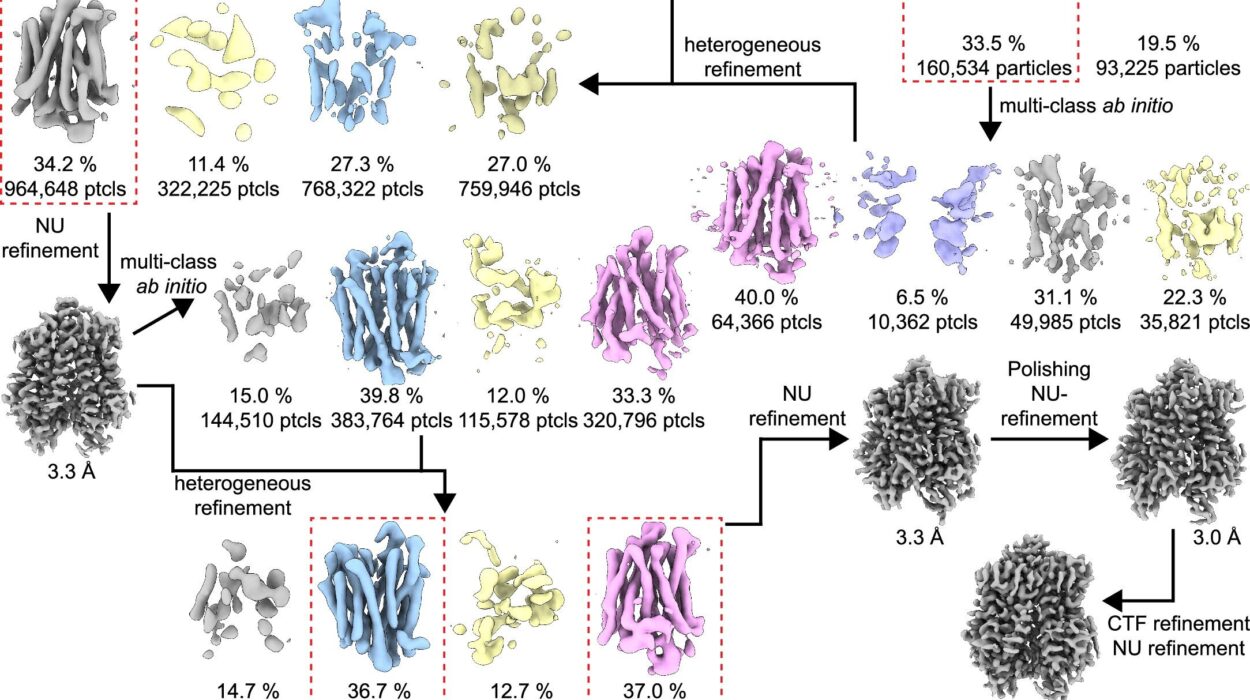Few names in modern medicine evoke as much fear and urgency as Ebola. It is a disease that seems to embody our deepest anxieties about contagion: a microscopic enemy that can ravage the human body with terrifying speed, often leaving devastation in its wake. For decades, images of healthcare workers in protective suits, patients in isolation wards, and entire villages gripped by fear have symbolized the global struggle against this deadly virus.
Ebola Virus Disease (EVD), once a little-known illness, has forced itself into the spotlight through a series of explosive outbreaks across Africa, the largest of which in 2014–2016 shook the world. In just a matter of months, Ebola transformed from a local health crisis into an international emergency, reminding humanity that despite our scientific progress, nature can still test our resilience.
Understanding Ebola requires more than memorizing symptoms or tracing its origins. It demands that we confront questions of biology, society, and ethics. What makes this virus so lethal? How does it travel silently between hosts before striking with such violence? Why do outbreaks appear in some regions and not others? And most importantly, how do we fight back—with science, compassion, and collective responsibility?
The Origins of Ebola: A Mysterious Beginning
Ebola was first identified in 1976 in two simultaneous outbreaks: one in a small village near the Ebola River in what is now the Democratic Republic of Congo, and another in Sudan. The virus was unlike anything doctors had ever seen—patients bled from their eyes, mouths, and internal organs, and mortality rates reached as high as 90%.
The virus belongs to the family Filoviridae, named for their filamentous, thread-like structure under the microscope. Within this family, Ebola is a genus with several distinct species: Zaire ebolavirus, Sudan ebolavirus, Taï Forest ebolavirus, Bundibugyo ebolavirus, Reston ebolavirus, and Bombali ebolavirus. Of these, Zaire ebolavirus has proven to be the deadliest.
The natural reservoir of Ebola is believed to be fruit bats, though other animals such as chimpanzees, gorillas, and antelopes can also become infected and spread the virus. Human outbreaks typically begin when someone comes into direct contact with the bodily fluids of an infected animal, such as during hunting or butchering. Once Ebola enters a human community, it spreads primarily through person-to-person transmission, igniting chains of infection that can engulf families and entire villages.
How Ebola Spreads: The Web of Transmission
Unlike airborne diseases such as influenza or COVID-19, Ebola does not spread through the air. Transmission occurs through direct contact with the blood, secretions, organs, or other bodily fluids of infected people, both living and dead. This includes sweat, saliva, vomit, feces, urine, and breast milk. Even objects contaminated with these fluids—such as bedding, clothing, or medical equipment—can transmit the virus.
One of the most heartbreaking aspects of Ebola’s spread is its connection to cultural practices. In many African communities, caring for the sick and preparing the dead for burial are sacred duties. Washing and touching the body during funerals, however, can expose mourners to highly infectious fluids, making funerals one of the most dangerous points of transmission.
Healthcare workers are also at extraordinary risk. In the early years of Ebola outbreaks, many doctors and nurses died because they lacked protective equipment or knowledge about how the virus spreads. Even today, despite better preparedness, frontline workers remain vulnerable.
Ebola is most contagious when symptoms are at their worst. People who are infected but have not yet developed symptoms are generally not infectious. This characteristic offers a small window of opportunity for containment—if cases can be identified and isolated early.
The Biological Attack: How Ebola Destroys the Body
To understand why Ebola is so lethal, we must look at what happens inside the body. After entering through broken skin, mucous membranes, or bodily fluids, the virus targets the immune system, specifically attacking dendritic cells and macrophages. Instead of triggering a normal, controlled immune response, Ebola manipulates these cells to become virus factories, spreading infection throughout the body.
This sets off a catastrophic chain reaction:
- Cytokine storm: The body releases massive amounts of inflammatory molecules in an uncontrolled attempt to fight the virus. This “storm” damages blood vessels, causing them to leak.
- Coagulation failure: Platelets, which help blood clot, become dysfunctional, leading to both clotting in some parts of the body and uncontrolled bleeding in others.
- Organ damage: The liver, kidneys, and other organs suffer severe damage, impairing their function.
- Shock and multi-organ failure: As fluids leak out of blood vessels and blood pressure plummets, the body goes into shock. Without rapid intervention, death often follows.
The visible symptoms—bleeding, vomiting, diarrhea—are only the outward signs of this internal war. While not every patient develops external bleeding, the internal collapse of the body’s systems is what makes Ebola so deadly.
Symptoms of Ebola: From Subtle to Severe
Ebola symptoms often begin innocently, resembling other tropical illnesses such as malaria or typhoid fever. This makes early diagnosis difficult and contributes to outbreaks spreading undetected. The incubation period—the time between infection and symptom onset—ranges from 2 to 21 days.
The disease typically unfolds in stages:
- Early symptoms: Fever, fatigue, muscle pain, headache, and sore throat. These are easily mistaken for common infections.
- Progression: As the virus spreads, more severe symptoms emerge—vomiting, diarrhea, rash, impaired kidney and liver function.
- Severe stage: In many patients, internal and external bleeding occurs, from the gums, eyes, nose, or injection sites. This stage is often accompanied by confusion, seizures, and shock.
Mortality rates vary by Ebola species and the level of medical care available. Zaire ebolavirus outbreaks have had case fatality rates of up to 90%, though in more recent outbreaks with improved treatment, survival rates have increased significantly.
Diagnosis: Unmasking the Hidden Enemy
Diagnosing Ebola is a race against time. Because early symptoms resemble other diseases, laboratory testing is essential to confirm infection.
Methods include:
- RT-PCR (reverse transcriptase polymerase chain reaction): Detects the genetic material of the virus and is the gold standard for diagnosis.
- Antigen-capture ELISA: Identifies viral proteins in patient samples.
- Serology tests: Detect antibodies, useful for identifying past infection.
In outbreak settings, rapid diagnostic tests have become invaluable, allowing field workers to quickly identify cases and isolate patients. However, these tests must be followed by confirmatory laboratory analysis to ensure accuracy.
Treatment: Fighting Back Against the Virus
For decades, Ebola treatment was limited to supportive care: keeping patients hydrated, maintaining oxygen levels, treating secondary infections, and managing pain. With such care, survival rates improved significantly compared to doing nothing, but the virus remained formidable.
In recent years, however, major breakthroughs have transformed the outlook for Ebola patients. During the 2018–2020 outbreak in the Democratic Republic of Congo, clinical trials tested new therapies, including:
- Monoclonal antibodies (such as REGN-EB3 and mAb114): Laboratory-made antibodies that specifically target the Ebola virus, neutralizing it before it can spread further.
- Antiviral drugs: Compounds designed to block viral replication. Some have shown promise, though monoclonal antibodies remain the most effective so far.
These treatments, combined with improved supportive care, have significantly lowered mortality rates. Patients who receive treatment early now have a far greater chance of survival than in past outbreaks.
Vaccination: A Triumph of Science
Perhaps the most dramatic success story in the fight against Ebola is the development of vaccines. The rVSV-ZEBOV vaccine, first tested in Guinea in 2015, proved highly effective in preventing infection from Zaire ebolavirus. It works by using a harmless virus engineered to express Ebola proteins, stimulating the immune system without causing disease.
This vaccine has since been deployed in outbreak zones using a “ring vaccination” strategy: vaccinating contacts of confirmed cases, and the contacts of those contacts, creating a protective barrier around the virus. The result has been a remarkable ability to contain outbreaks more quickly and prevent wider spread.
The Human Cost: Beyond Biology
Ebola is more than a medical condition; it is a social and psychological catastrophe. Survivors often face stigma, as communities fear they may still be contagious. Families are torn apart, children orphaned, and healthcare systems overwhelmed.
Healthcare workers endure extraordinary stress, risking their lives daily while witnessing immense suffering. Survivors themselves may experience long-term health issues—joint pain, eye problems, and even psychological trauma—known as post-Ebola syndrome.
Communities struck by Ebola often suffer lasting scars: distrust of healthcare authorities, economic hardship, and deep grief. In this sense, Ebola is not only a viral disease but also a social one, exploiting weak health systems and magnifying inequalities.
Global Lessons: Preparing for the Next Outbreak
The world has learned painful lessons from Ebola. Outbreaks reveal the weaknesses of global health systems—delayed responses, inadequate infrastructure, and the difficulty of coordinating across borders. But they also showcase humanity’s capacity for innovation, solidarity, and resilience.
The 2014–2016 West African outbreak, which killed more than 11,000 people, sparked unprecedented international collaboration. It accelerated vaccine development, created stronger emergency response systems, and raised awareness about the importance of investing in public health even outside times of crisis.
Yet, challenges remain. Outbreaks continue to occur, particularly in conflict zones where healthcare systems are fragile. Climate change and deforestation may also increase the risk of Ebola crossing from animals to humans more frequently.
Living With the Shadow of Ebola
Ebola will likely never disappear entirely. Its reservoir in nature ensures that new outbreaks will emerge from time to time. But humanity is no longer as vulnerable as it once was. With vaccines, treatments, and improved global preparedness, Ebola has shifted from an unstoppable nightmare to a challenge we can confront.
Still, the story of Ebola is not just about a virus. It is about the resilience of communities, the courage of healthcare workers, and the triumph of science under pressure. It is also about the reminder that health is not something we can take for granted—it requires vigilance, compassion, and global solidarity.
To ask what Ebola is, is to ask how fragile human life can be—and how extraordinary our collective strength is when faced with a common enemy. Ebola reveals the worst of nature’s dangers, but also the best of humanity’s response.






